Femtosecond Cataract Surgery

What are cataracts?
The lens is a transparent, refractive structure within the eye that focuses light onto the retina. After light passes through the cornea, it travels through the lens, which fine-tunes the focus to form a clear image on the retina. Under normal conditions, the lens is crystal clear, allowing light to pass through without obstruction. However, when the composition of the lens changes—often due to aging or other factors—it can become cloudy or opaque. This clouding of the lens is known as a cataract, and it can lead to blurred vision, glare, or even vision loss if left untreated.


Recognize the signs of cataracts

Unclear vision

Yellowing or distorted vision
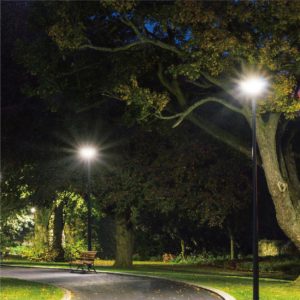
Glare or photophobia
Femtosecond cataract surgery
A femtosecond laser is an advanced medical technology that uses ultra-fast laser pulses to precisely cut biological tissue. In cataract surgery, femtosecond lasers are used to fragmenting hardened lenses. After the lens has been broken down by the laser, an ultrasonic phacoemulsifier is used to remove the fragmented lens material, which is then replaced with an artificial intraocular lens (IOL).



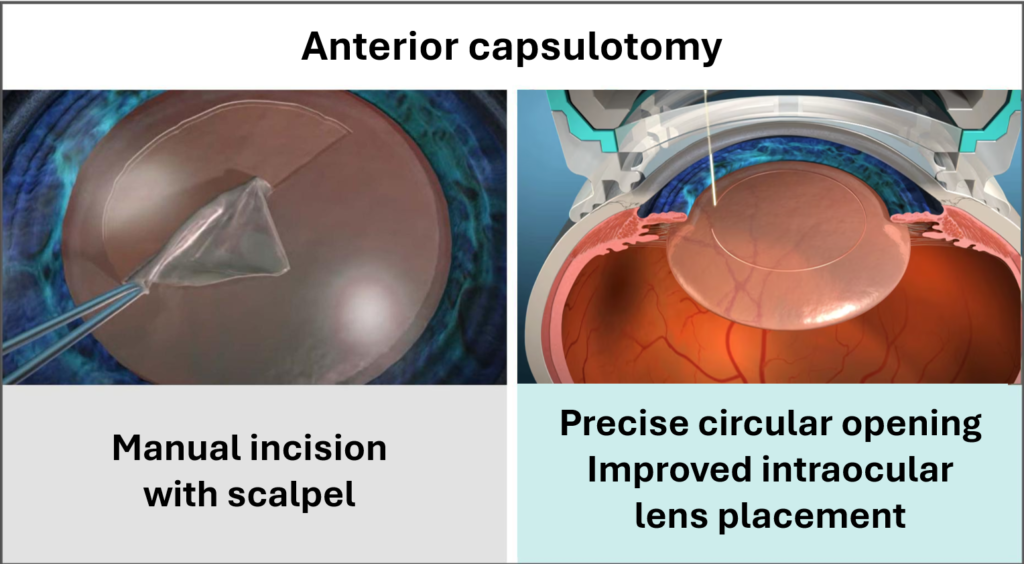



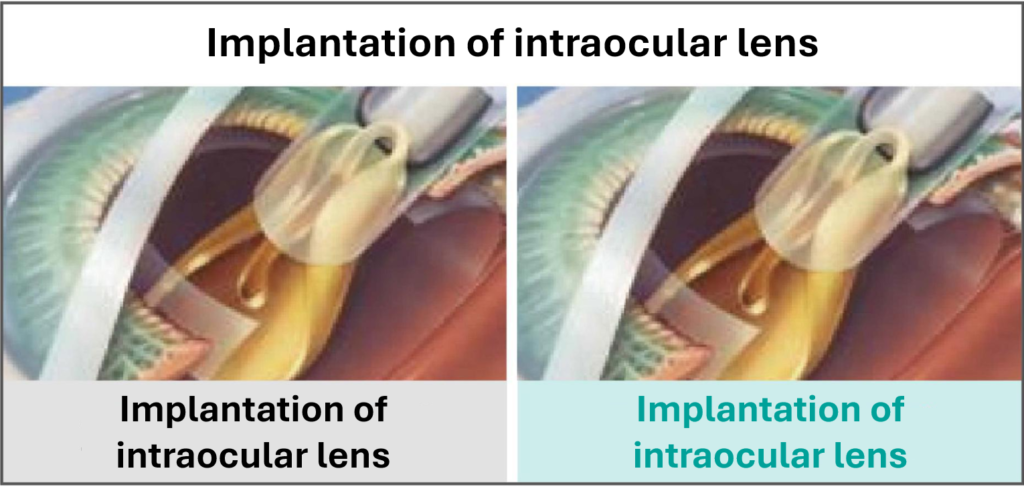

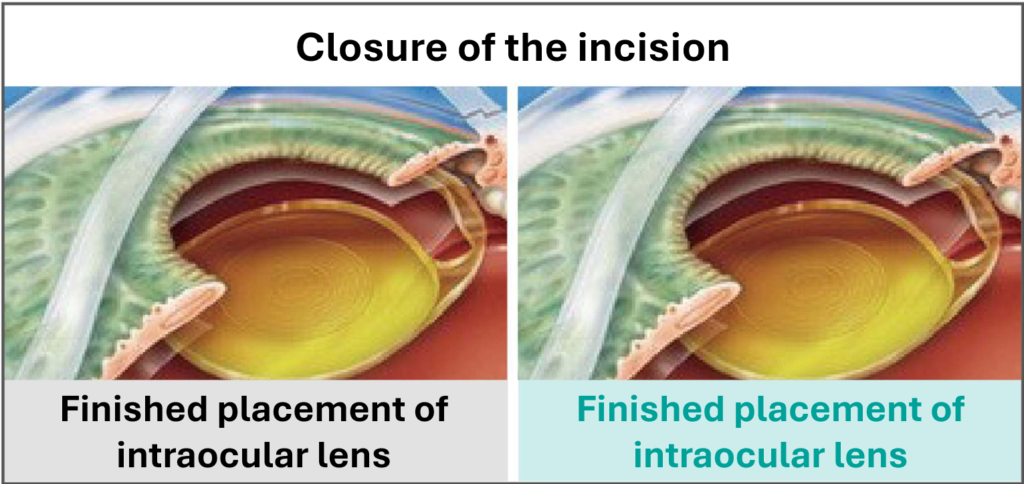
Nobel Medical Group Services
LenSx Laser Cataract Surgery
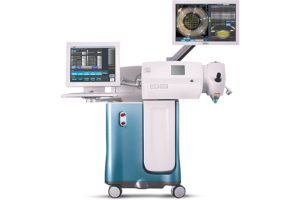
Alcon (Switzerland) LenSx
The Alcon LenSx Laser System is the first FDA-approved femtosecond laser for ophthalmic use. The LenSx system enhances surgical accuracy by automating key steps such as corneal incisions, anterior capsulotomy, and lens fragmentation. Integrated with advanced imaging technology, including real-time OCT (optical coherence tomography), the LenSx system allows surgeons to customize treatment to each patient’s unique eye anatomy. This technology promotes greater surgical control, improves outcomes, and supports a more comfortable and efficient procedure for both patients and surgeons.

